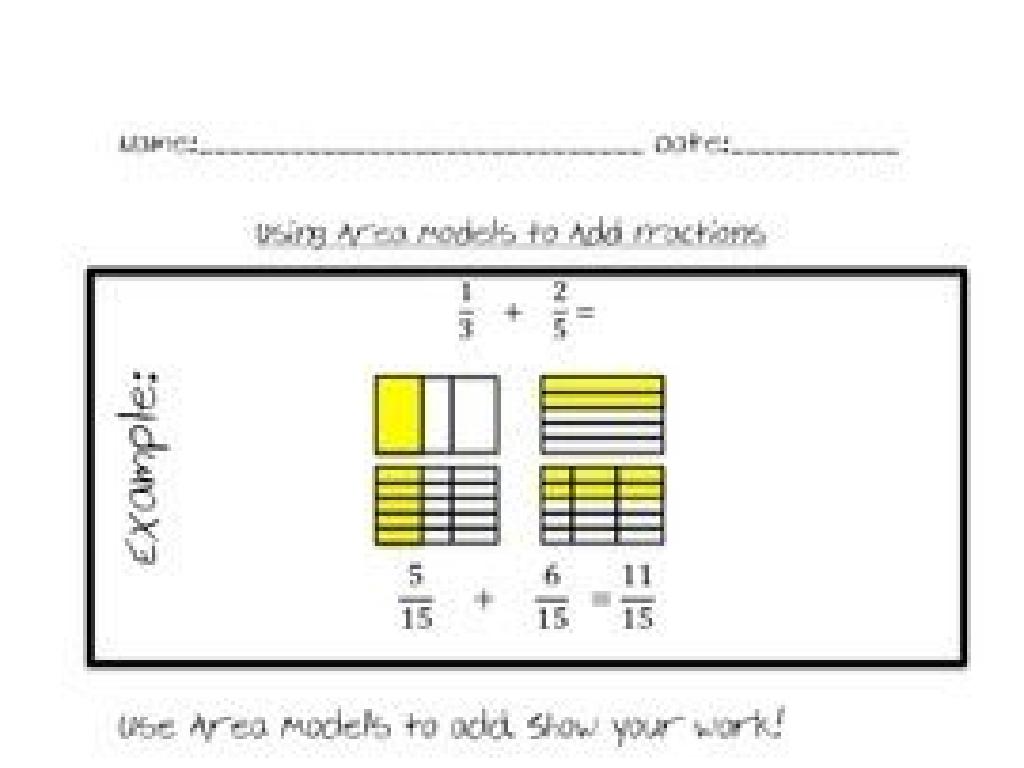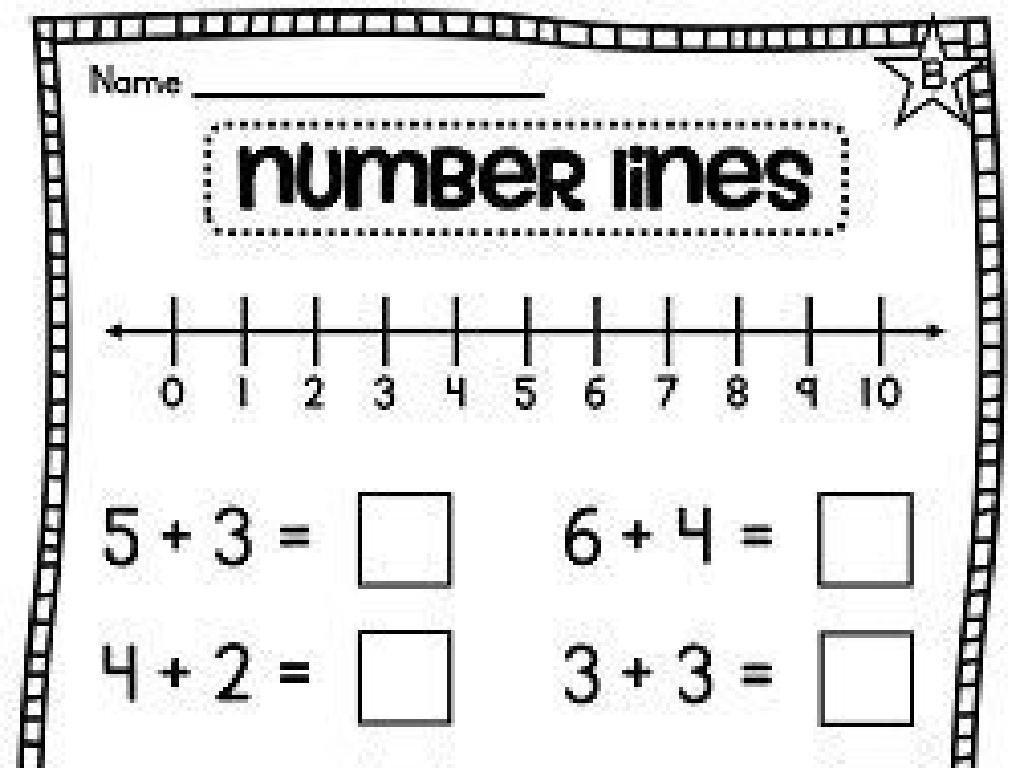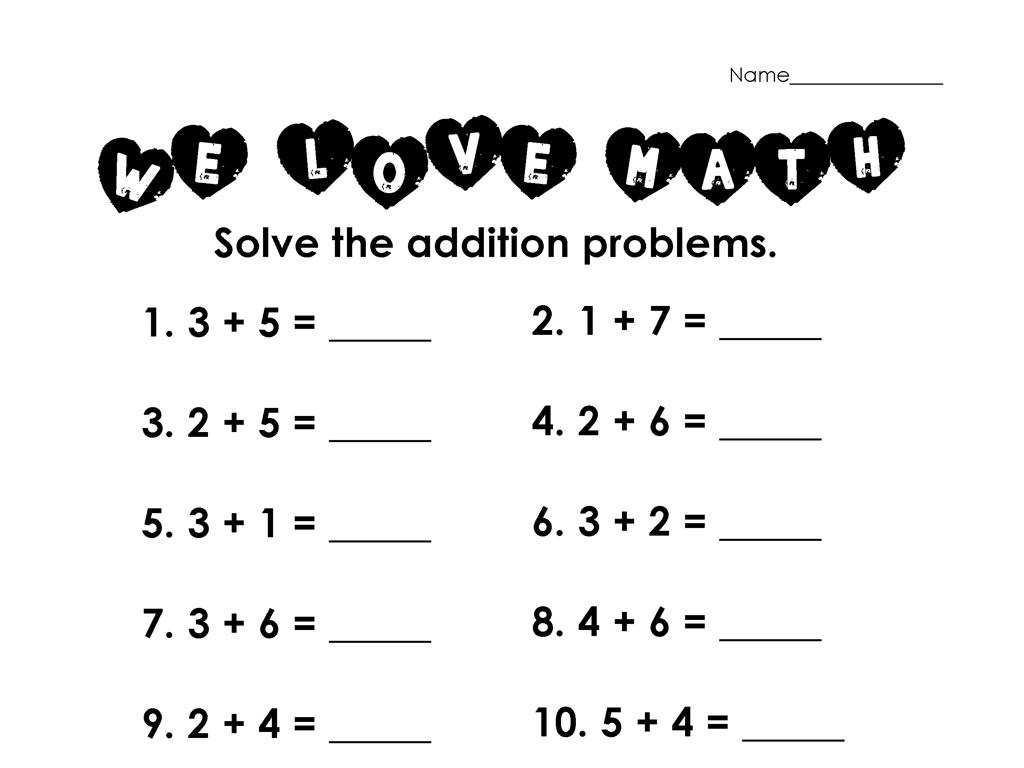State Government
Subject: Social studies
Grade: Third grade
Topic: Government
Please LOG IN to download the presentation. Access is available to registered users only.
View More Content
Welcome to State Government!
– What is State Government?
– It’s like a smaller version of our country’s government but for our state.
– Roles of State Government
– They make laws, collect taxes, and provide services like schools and roads.
– Importance of State Government
– It makes decisions that affect our daily lives within the state.
– Examples of State Services
– Schools, parks, and libraries are all provided by the state.
|
This slide introduces the concept of state government to third-grade students. Begin by explaining that a state government is a specific organization that takes care of the needs and laws within a state, similar to how the national government operates for the country. Discuss the different roles, such as making laws, collecting taxes, and providing services that are closer to home like education, transportation, and public safety. Emphasize the importance of state government in students’ daily lives by giving examples of services they use, such as schools they attend or parks they play in. Encourage students to think of questions they have about their state government and what services they appreciate or would like to see improved.
Branches of State Government
– The Three Branches Explained
– Executive, Legislative, Judicial branches work together.
– Key People in Each Branch
– Governor (Executive), Senators/Representatives (Legislative), Judges (Judicial).
– Functions of Each Branch
– Executive enforces laws, Legislative makes laws, Judicial interprets laws.
– Checks and Balances System
– Each branch ensures the others don t become too powerful.
|
This slide introduces the concept of the three branches of state government to third-grade students. It’s important to explain that the state government is structured similarly to the federal government and that it has three parts working together to run the state. The executive branch is led by the governor, the legislative branch is made up of elected senators and representatives, and the judicial branch consists of judges and courts. Each branch has its own responsibilities: the executive branch enforces laws, the legislative branch creates laws, and the judicial branch interprets laws. Emphasize the checks and balances system, which ensures that no single branch becomes too powerful. Use examples that are relatable to the students, such as comparing the branches to roles in their school or community.
The Executive Branch of State Government
– The Governor leads the branch
– Exploring the Governor’s roles
– The Governor signs laws, manages the state, and represents us.
– Meet other Executive officials
– Secretaries, Attorney General, and Treasurer help run the state.
– Understanding their responsibilities
– They work together to make sure our state laws are followed.
|
This slide introduces the Executive Branch of the state government, which is led by the Governor. The Governor has many important roles including signing bills into law, managing the state’s resources, and representing the state’s citizens. Other officials, such as the Secretary of State, Attorney General, and State Treasurer, also play key roles in the Executive Branch, helping to manage different areas of the state’s government. It’s important for students to understand that these officials work together to ensure the state operates smoothly and that laws are enforced. In class, discuss the specific responsibilities of each official and how they contribute to the functioning of the state government.
The Legislative Branch of State Government
– Understanding State Senate
– The State Senate is part of the state’s legislature, similar to the U.S. Senate.
– Exploring House of Representatives
– The House of Representatives is another legislative body, with members representing the state’s districts.
– How state laws are created
– Laws begin as ideas and must be approved by both state legislative houses and the governor.
– Citizens’ role in lawmaking
– Citizens can vote, contact legislators, and participate in hearings to influence laws.
|
This slide introduces students to the legislative branch of state government, which includes the State Senate and the House of Representatives. It’s important to explain that these bodies work together to create state laws, similar to how Congress operates at the federal level. Discuss the process of how a bill becomes a law in the state, emphasizing the importance of each step and the checks and balances in place. Highlight the role of citizens in the legislative process, such as voting for representatives and voicing their opinions on proposed laws. Engage students by asking if they have ideas for laws and how they might share those ideas with their representatives.
The Judicial Branch of State Government
– State courts and their judges
– Judges work in courts to make decisions on legal cases.
– Layers of the court system
– Courts can be at different levels, like ‘trial’ or ‘appeal’.
– Selection process of judges
– Judges can be elected by people or appointed by leaders.
– Role of judges in the community
– Judges help solve disputes and keep our community fair.
|
This slide introduces the Judicial Branch at the state level, focusing on the structure and function of state courts and the role of judges. It’s important to explain that the court system is made up of different ‘layers’ or levels, where different kinds of cases are heard. Discuss how judges come to hold their positions, whether through elections, where citizens vote for them, or appointments, where they are chosen by state officials. Emphasize the importance of judges in interpreting laws and ensuring justice. Use simple language and real-life examples to illustrate how judges contribute to maintaining order and resolving conflicts in society.
Your Role in State Government
– Ways to get involved
– Join local groups, attend meetings
– Voting is powerful
– Voting helps choose leaders and laws
– Community service roles
– Help in local libraries, parks, shelters
– Impact on your state
|
This slide aims to educate third-grade students on how they can actively participate in their state government. Emphasize the importance of involvement in local groups and attending town meetings as ways to learn and have a voice in the community. Highlight voting as a fundamental right and responsibility that helps shape government decisions. Discuss community service as a means of contributing to the state’s welfare, such as volunteering at local libraries, parks, or shelters. Explain that their actions, even as young students, can have a positive impact on the state and its governance. Encourage students to think of ways they can help their community and be active participants in their state government.
Class Activity: Create Your State!
– Form groups to make a state
– Assign government roles
– Decide who will be the governor, senators, etc.
– Design your state’s government
– What laws would you have? What services would you provide?
– Plan a class presentation
|
This activity is designed to help students understand the structure and roles within a state government by creating their own. Divide the class into small groups, each tasked with forming a model state government. Students should choose roles such as governor, senators, and other officials among themselves, fostering a sense of responsibility and teamwork. Encourage them to think about the laws they would enact and the services they would provide to their citizens. Each group will then present their government to the class, explaining the roles and responsibilities they’ve assigned and their chosen laws and services. Possible variations of the activity could include creating a state flag, writing a mini-constitution, or preparing a campaign for a state issue.






